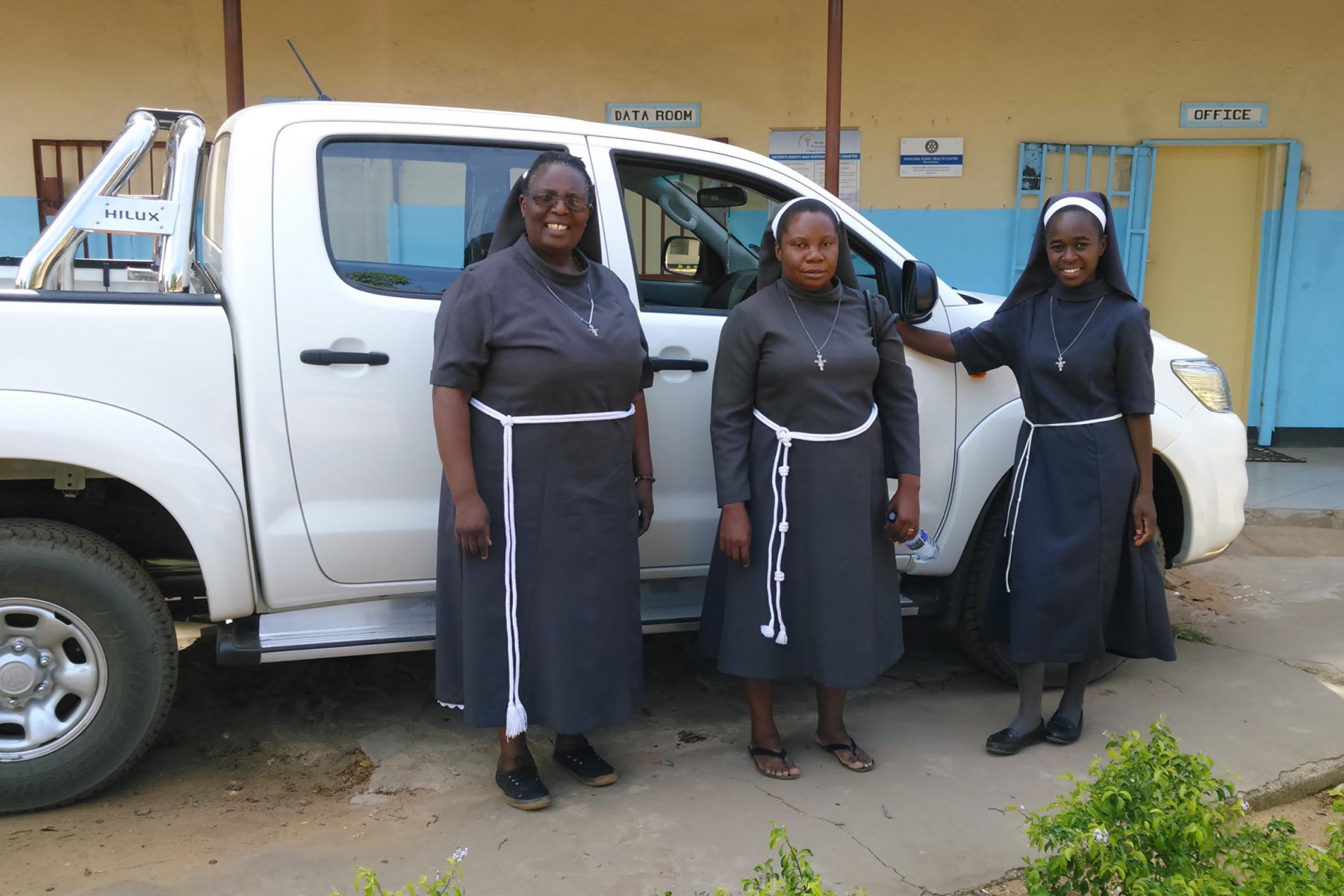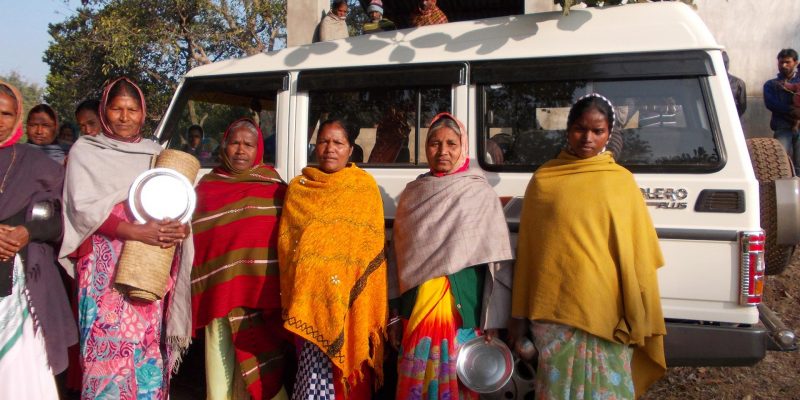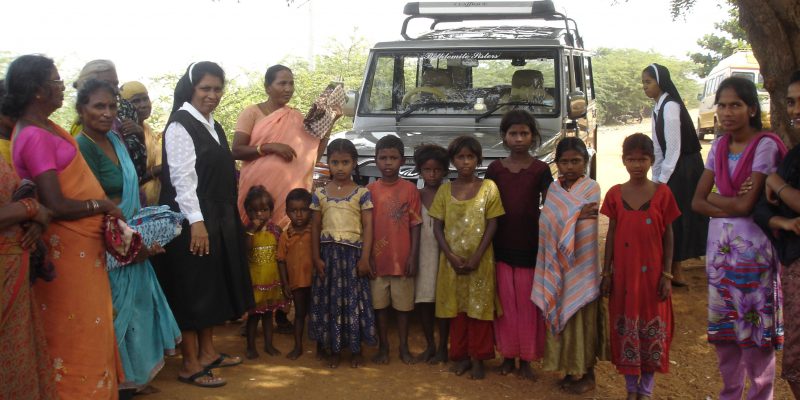In the 1950s, the aid/voluntary agencies, many of which had not long been set up, did not have a major role to play in international development. Their role was seen as an extension of the Red Cross which had been founded nearly a hundred years earlier, i.e. intervention in times of natural disasters and the provision of relief to victims and survivors.
However, a second period in this inter-reaction began to take place when the economists realised that all was not that simple, and that ‘development’ meant much more than an increase in income. Refinements in the process were made, in what has come to be classed as development now understood as social progress.
Factors such as the numbers of hospital beds per 1000 people were calculated, as were teacher/pupil ratios, calorie intake, protein consumption and so on, and the answers, backed up by ‘hard’ statistics, were that more schools and hospitals should be built, and calorie intake increased, for example.
Instead of economists, planners and administrators now had the answers, in an approach which valued rationality, efficiency, and imported management techniques. Funded and staffed by the West or those trained in the centres of learning of the West, large institutions arose to govern this, and hospitals, research institutes, agricultural colleges, model villages, demonstration farms, and all manner of mega pilot schemes were set up, from which development would somehow radiate out from those who were largely ignorant of, or at least did not share the local language and culture. The focus and point of reference was still the industrialised West, in whose image others must follow.
This ‘institutionalised’ approach in fact led to the creation of concentrated centres of development, often in capital cities, with the overall national picture being patchy and more often than not containing vast, typically rural, areas of great neglect. Institutions themselves became the point of reference, with the poor having to travel to gain any access to their services. After all, they were considered uneducated, ‘backward’, unable to manage their own lives, and steeped in ignorance. Clearly on the receiving end, they were expected to behave according to the expectations of those who planned and budgeted for them.
During this second period, it was the voluntary agencies and non-governmental organisations who began to take on the role of provision of services (health, education etc) for the rural poor, (something the Church had been doing for many years) in a wider approach than their previous disaster/famine role.
By now, the early to mid-sixties, it was the end of what is known as the ‘First Development Decade’, and it had by then become obvious that these initial experimental approaches to development had by and large failed – even by the beancounters’ own sums.
It had become clear that unless the development process arose from within poor countries themselves, it was unlikely to start at all, and it was at this time, against a world background of capitalism v Communist block countries (the latter being the ‘second’ world), that the term ‘Third World’ came into use. These countries began to look anew at their own internal structures, in what was termed development seen as ‘integration’.




